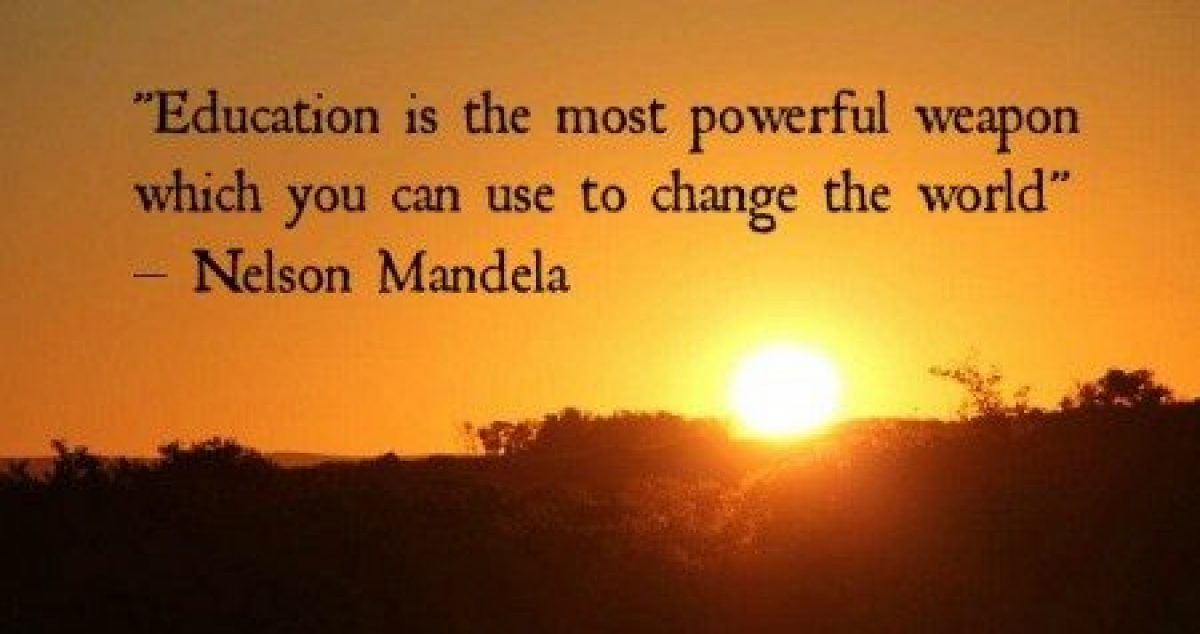This week’s input focused on the concept STEM to STEAM. Prior to this lesson, I lacked a lot of knowledge and understanding regarding this concept. I had not heard of STEM to STEAM before and was very intrigued to develop my understanding of this concept, as I believe that as a student teacher it is vital that I fully understand this concept to create more effective, efficient, fun and enjoyable lessons for the pupils.
The terms STEM and STEAM both stand and mean different things. STEM stands for Science, Technology, Engineering and Mathematics whereas STEAM stands for Science, Technology, Engineering, Art and Mathematics (STEAM, 2018). When looking at this concept, I considered the question that many people might ask and one I asked myself: How does a teacher combine science and art?. Science and the arts are both experimental subjects and therefore carry an element of risk. This could be a risk of an experiment going wrong or entering the ‘unknown’ with an art piece. It is important to realise that the arts can be used as a positive resource to help carry the more difficult subjects like mathematics, science or technology. This was demonstrated throughout the input today. As part of this session, we looked through leaflets of festivals and exhibitions held at Dynamic Earth. From this, it was apparent how easily art can be integrated with subjects like science and technology.

It is crucial to realise that introducing STEAM does not mean less time is spent on STEM subjects and more time is spent on the arts, but it is about applying creative thinking to STEM projects, and enhancing children’s creativity and imagination through the arts. As an aspiring teacher, I need to ensure I find the most suitable and natural ways for art to fit into the STEM subjects. Using STEAM, allows pupil’s the opportunity “to utilize their artistic talents to generate innovative thinking” (Teach Hub, n.d.). Therefore, as a student teacher, I need to bring ambition, creativity and confidence to the future jobs that I acquire.
It is important for teachers to give the pupils a range of experiences and opportunities in school that they wouldn’t be able to do at home. Educators should think outside the box with their lessons, to spark imagination and innovation within the pupils. It is vital to remember and acknowledge that children relish the opportunity to go to places in their minds and work from their imagination, and they have an innate ability to do this easily. However, this is something that perhaps gets lost or is diminished the older they get. There is a quote by Ken Robinson (2001) that I feel sums this up perfectly “We don’t grow into creativity; we grow out of it. Often we are educated out of it.” I want to ensure to provide opportunities for pupils to experience the concept of STEAM and foster this ability in all of the pupils at a level suitable to them, with consideration to their age and stage of development.
After having discussed STEM to STEAM as a class, we then moved on to continuing our artwork based on our evocative object. We were encouraged to create a piece of writing, no longer than 62 words, and use it as a stimulus to create a piece of art. I was unsure at first how I wanted mine to look, therefore I tried a few different ideas before creating the final product. I knew the different words and emotions that I wanted to include throughout my image but I was not confident in the position, font and style of the words throughout my art piece. I began writing different feelings and emotions on a piece of paper to include into my piece of art. This week I considered my reflections from last week and took them on board. Therefore, I began to change my piece of art by taking a new piece of paper and using gold paint and light brushstrokes for my background. Once the paint was dry, I began to lightly wright some of the feelings and emotions connected with my evocative object. Next week, I will begin to incorporate the symbol and colour throughout my piece of art.


Throughout the past few weeks, I have found that having the opportunity to work on this artwork over a period of time has enabled me to create something more effective and meaningful and I have had a lot of fun and enjoyment whilst creating it. From having more time to work on the artwork, allowed more creative ideas to flow that otherwise would not have occurred or had the chance to come to life. What is making this piece of art so enjoyable is that it is all of my own ideas, imagination and memories that are being incorporated to my creation.
On reflection, I have found this input very helpful, knowledgeable and enjoyable. I believe that STEAM is the correct way to move forward in education and I want to ensure that throughout my placement I engage with STEAM and and provide the pupils with opportunities to become confident individuals, successful learners, responsible citizens, and effective contributors as detailed in the Curriculum for Excellence. Robinson (2001) stated that “If creativity is to become central to our futures, it first has to move to the heart of education”. I fully agree with this statement and believe that creativity needs to become more apparent and central within the Curriculum for Excellence.
References:
STEAM, (2018) Stem to Steam. [Online] Available: http://stemtosteam.org/ [Accessed 4th February 2018]
Teach Hub, (n.d.) STEM vs STEAM: What is Better?. [Online] Available: http://www.teachhub.com/stem-vs-steam-what-is-better [Accessed 4th February 2018]
Robinson, K. (2001) Out of our Minds: Learning to be Creative, Oxford, Capstone.
Education Scotland. (2017) What is Curriculum for Excellence? [Online] Available: https://education.gov.scot/scottish-education-system/policy-for-scottish-education/policy-drivers/cfe-(building-from-the-statement-appendix-incl-btc1-5)/What%20is%20Curriculum%20for%20Excellence [Accessed: 4th February 2018].

























